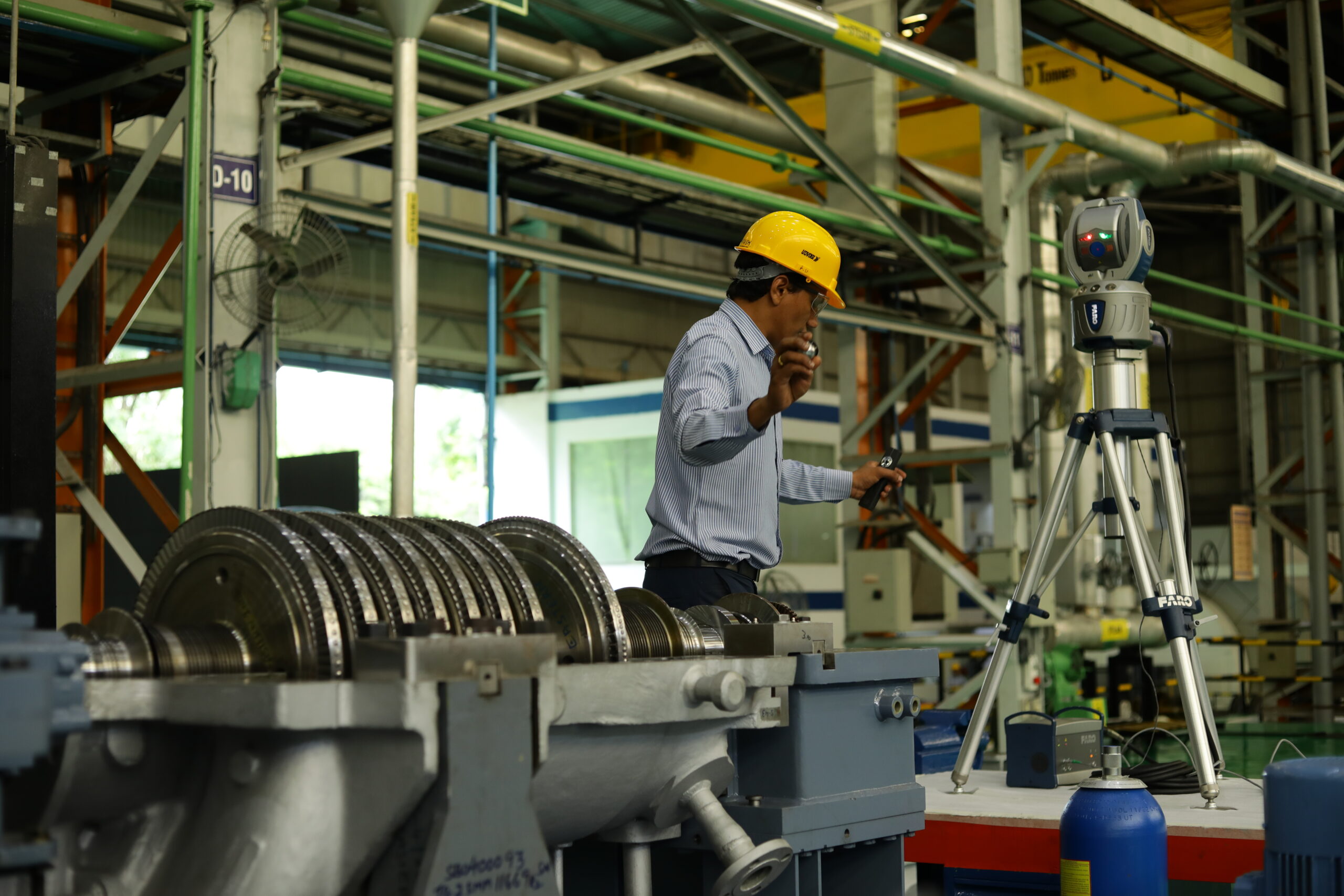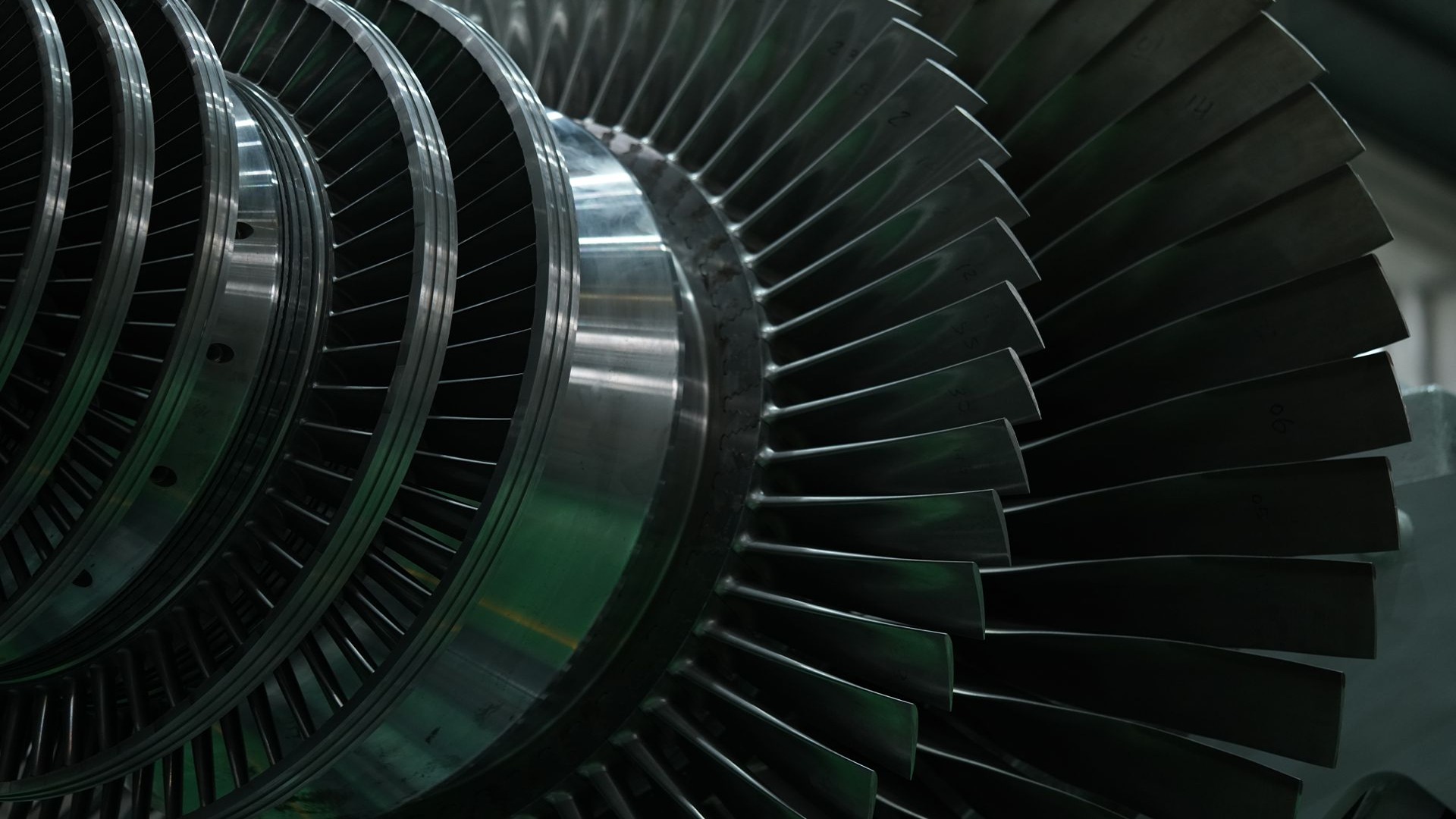
Integrating Steam Powered Generators for Resilient Energy Infrastructures
Building a resilient energy system requires dependable, long-term power solutions. One such solution that continues to prove its value is the steam powered generator. Known for their reliability and adaptability, these generators support a stable energy supply across industries and utilities.
The role of steam powered generators goes beyond older thermal plants. Today’s systems are fuel-flexible, efficient, and suitable for various applications, ranging from industrial operations to grid support and beyond. Their consistent power output and ability to integrate with both traditional and renewable sources make them an essential part of a balanced power infrastructure.
What is a Steam Powered Generator?
A steam powered generator operates by harnessing high-pressure steam to power a turbine, which in turn drives a generator to produce electricity. Steam is typically generated using heat from coal, natural gas, biomass, waste heat from the process, nuclear fuel, or solar thermal sources.
Modern electric steam generators and steam powered electric generators are widely used in facilities that need consistent power and heat. They are also valuable in hybrid systems that combine conventional and renewable energy sources. Their design supports both standalone use and grid integration, making them highly versatile.
Fuel Flexibility and Energy Stability
One of the major strengths of a steam powered generator is its ability to operate on various fuels. The generator can utilize steam produced from various sources, including coal, biomass, natural gas, waste heat, or solar energy, depending on availability.
This flexibility proves especially valuable in regions where fuel supply or costs are inconsistent. In addition, steam powered generators provide stable base-load power, delivering reliable electricity around the clock, in all conditions. This is a key advantage over intermittent sources, such as wind or solar.
By delivering steady power output, electric steam generators contribute to grid stability. They reduce the risk of voltage dips or supply disruptions and are often used as backup systems during peak loads or emergencies.
Efficiency and Long-term Reliability
Efficiency is another reason why steam powered generators are trusted in industrial and utility- based power plants. When used alongside combined heat and power (CHP) systems, they can deliver high energy efficiency by simultaneously producing electricity and usable heat from one fuel source.
Industries like paper manufacturing, food processing, and chemical production commonly depend on steam-powered electric generators to fulfil their continuous energy and heat requirements. Their durable design ensures long operating life with minimal breakdowns, lowering the risk of unexpected downtime.
Routine maintenance and system monitoring help these generators maintain consistent performance, making them one of the most dependable components in any energy setup.
Supporting Future Energy Needs
As the shift toward renewable energy grows, the role of the steam-powered generator continues to evolve. New models are being developed to work efficiently with cleaner fuels and advanced control systems. Triveni Turbines provides steam turbine solutions that enhance the performance and efficiency of these generators. Some systems are now integrated into microgrids and district heating networks.
In off-grid locations or areas where solar and wind are inconsistent, electric steam generators offer a reliable solution. They ensure power availability while supporting broader energy transitions.
